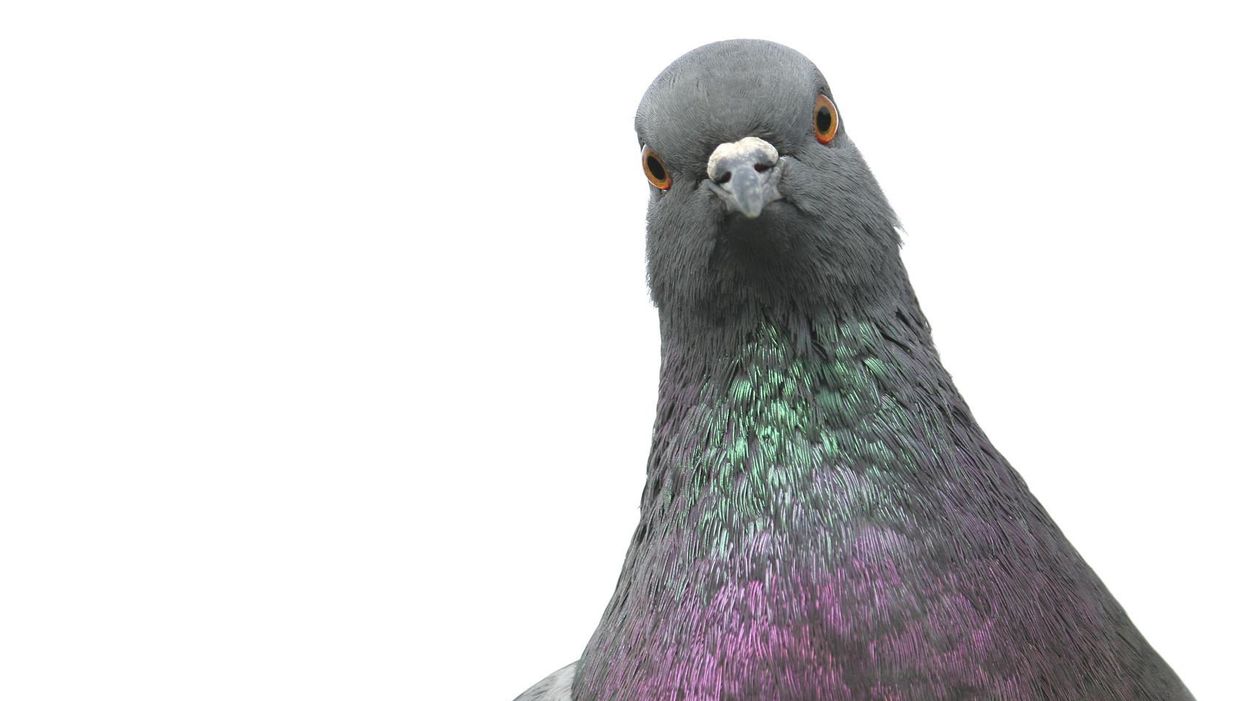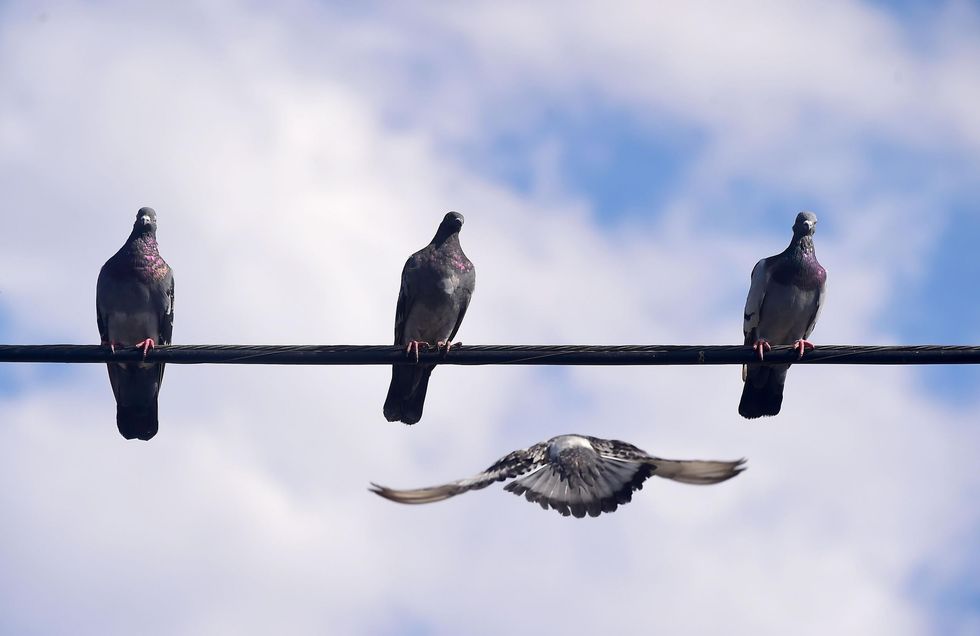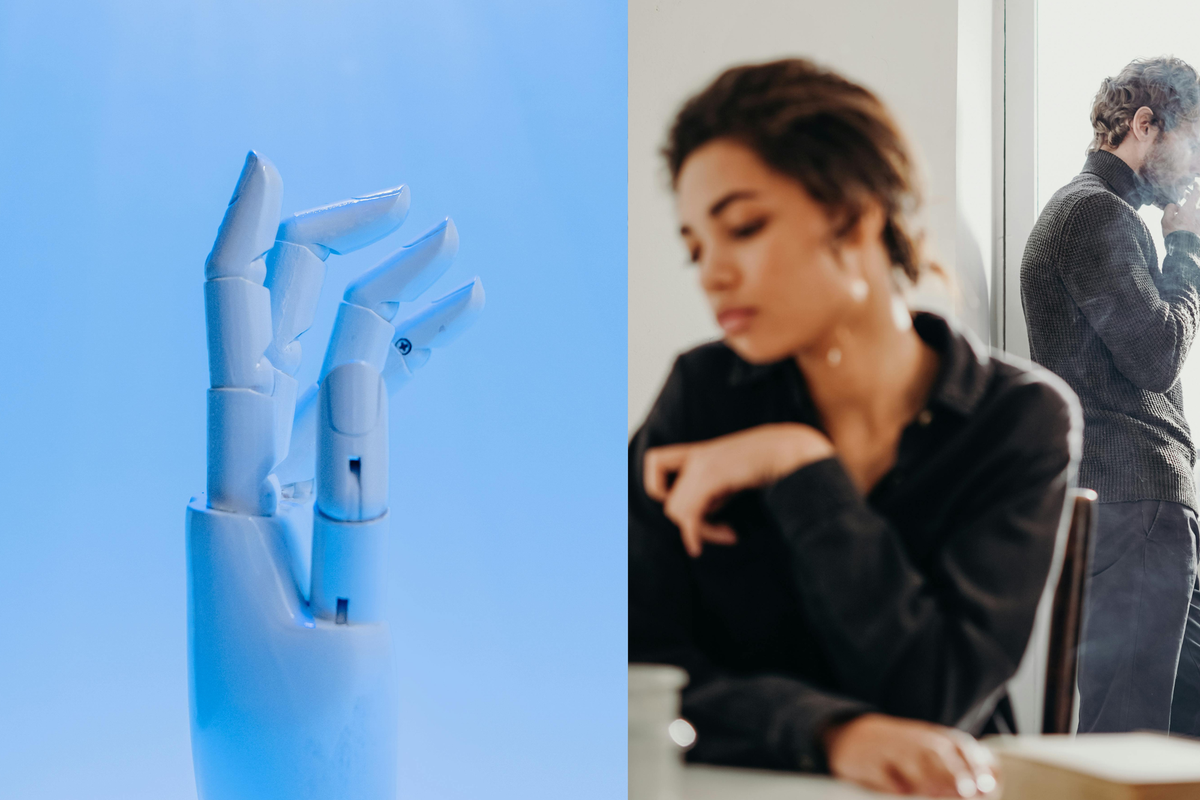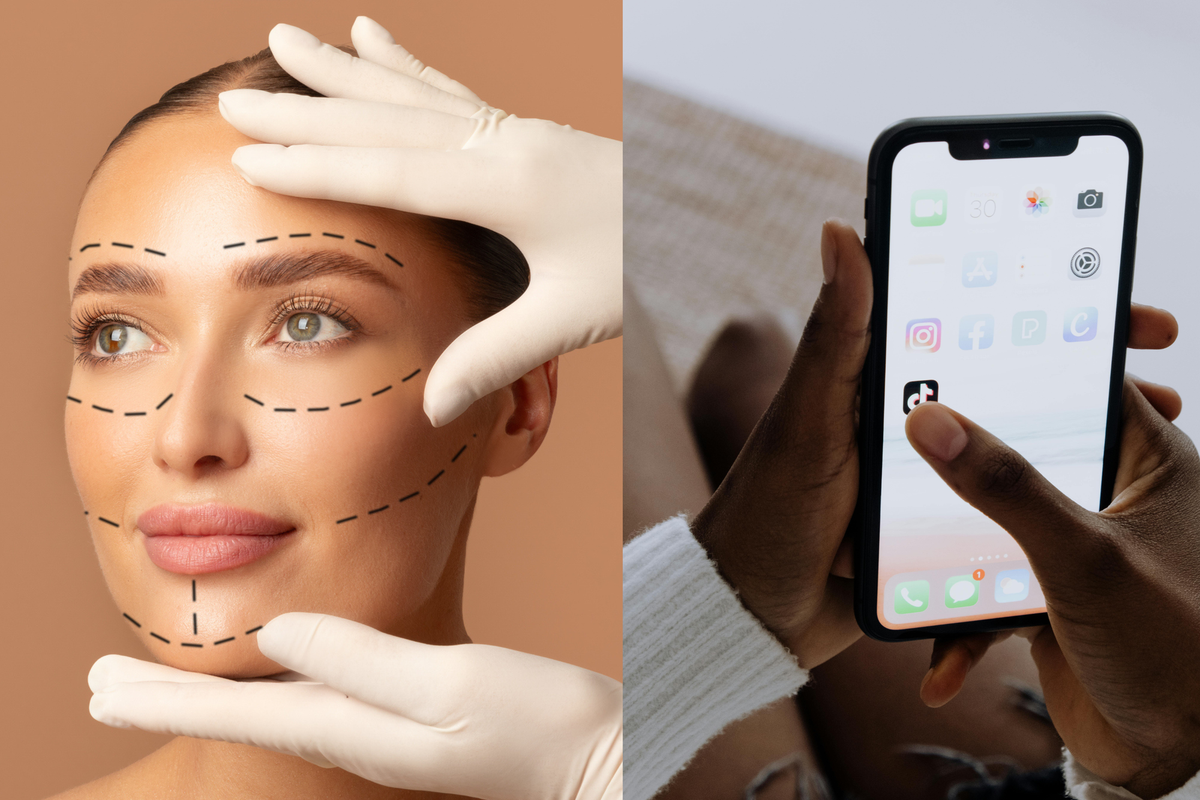Joe Vesey-Byrne
Sep 18, 2016

Picture:
Getty Images/iStockphoto
Scientists in New Zealand have trained some exceptional Pigeons to recognise words. The apocalypse is nigh, maybe.
Rise of the Planet of the Pigeons has less of a ring to it, but the consequences of a study published in the Proceedings of the National Academy of Sciences (PNAS), could be equally as a destructive for humankind. But also probably not.
According to research published in PNAS, the study which showed how pigeons can be taught to recognise certain words, could provide insight into the origins of human language.
Scientists from the University of Otago, New Zealand's oldest university, took 18 pigeons and over the next eight months preceded to whittle down their numbers to four elite pigeons of higher intelligence.
Before learning to 'read', the pigeons were put through a series of tests, such as learning to get food from a bird seed hopper, and recognising shapes.
The four elite pigeons were able to tell the difference between correctly spelled words, and those with jumbled up letters and intentional mistakes.
The example given by PNAS was transposing the letter 'R' in 'very' to spell 'vrey'. The pigeons (soon to be our overlords, and this reporter welcomes them) were able to spot this as incorrect.

By the end of the experiment, the pigeons were able to distinguish the correct from incorrect forms of between 26 and 58 words.
The pigeons learnt this not by using letter-sound relationships (known as 'decoding'), but by using their 'orthographic' component of learning a language, which uses shapes and visuals to learn words.
In humans both methods are believed to contribute towards learning language.
It's because of this orthographic component of our reading skills that motorway signs in the UK are written in a mix of lower and upper case, because humans recognise the shapes of words in their entirety faster than words written in indistinct individual all-caps. When humans read, the 'visual word form area' (VWFA) of the brain is activated, and this is highly active during the transition from literate to illiterate.
According to the authors of the study, this method of learning words used by pigeons and humans is not dissimilar to the way apes learn languages:
Specifically, we demonstrate that pigeons trained to discriminate words from nonwords picked up on the orthographic properties that define words and used this knowledge to identify words they had never seen before...Our research demonstrates that orthographic processing is not limited to primates
In particular, they explained that the test existed to demonstrate whether or not 'visual recycling' whereby the brain creates a code of visuals by which words can be recognised, was indeed part of learning a language. They also showed that this orthographic approach was common to animals with very different brains to humans.
The research focused on this aspect of development, thus the otherwise sinister decision to educate the pigeons so they might one day rise up against us.
More: This pigeon is undoubtedly the cleverest pigeon you will see today
Top 100
The Conversation (0)













